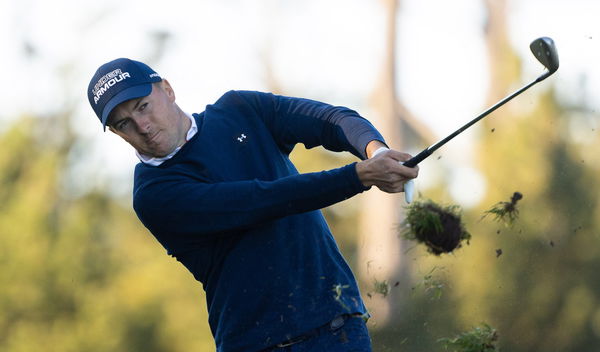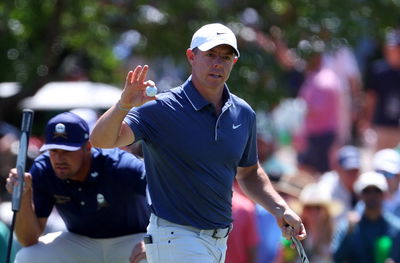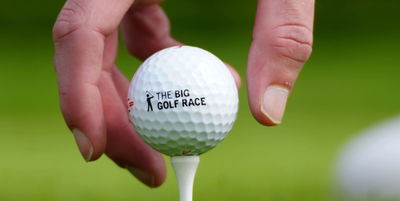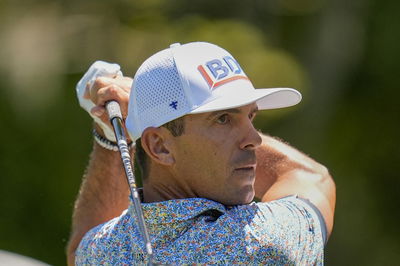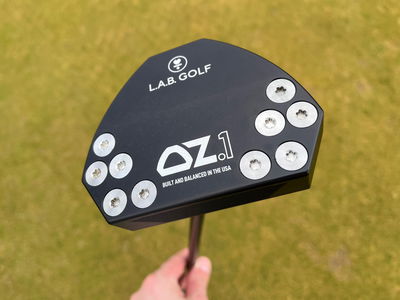Top 10 tips for better iron play
From fairway bunkers and ball position to strategy and yardage, there is much to learn about iron play.

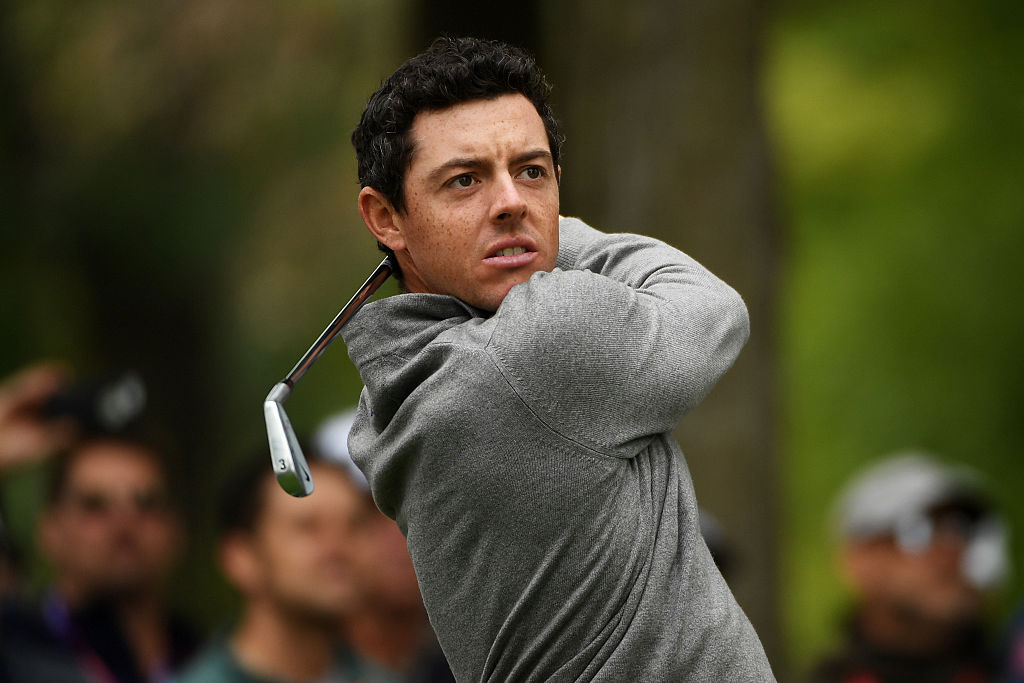
If you're pretty straight off the tee and Mr Reliable on the greens then all you really need to work on is your iron play.
GUIDE: 10 THINGS TO KNOW ABOUT IRONS
Here are 10 of our top tips to get you peppering the pin with the irons...
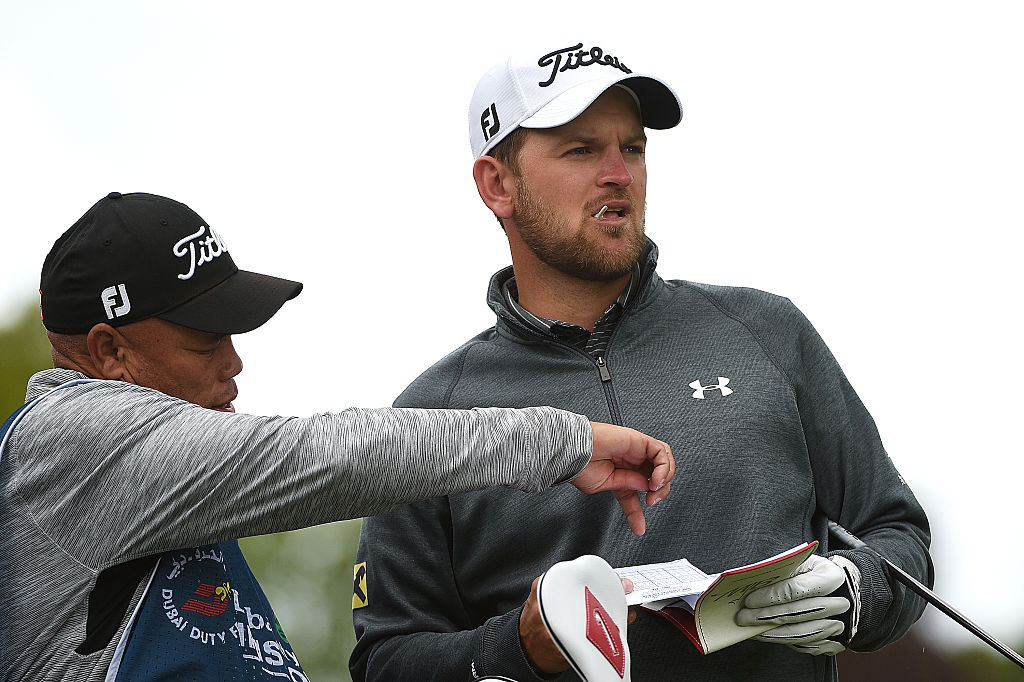
With any club, it is important to know not only how far you are capable of hitting the ball, but how far you tend to hit it.
With long irons this can differ as much as 50 yards and with the flight lower and running on impact with the ground, this can bring all kinds of hazards into the equation.
So take the time to step out the yardage of a dozen balls hit on the practice range to find your average distance with each club.
And don’t just pick a calm day. Try different shots downwind and into the wind, making notes of your results as you go along.
Why not jot your yardages down in a book - just like the professionals and caddies do - to help you become a more consistent player. Knowing how far you hit a full shot with a certain club can make all the difference to shooting lower scores.
It is a game of inches, or so they keep telling us.
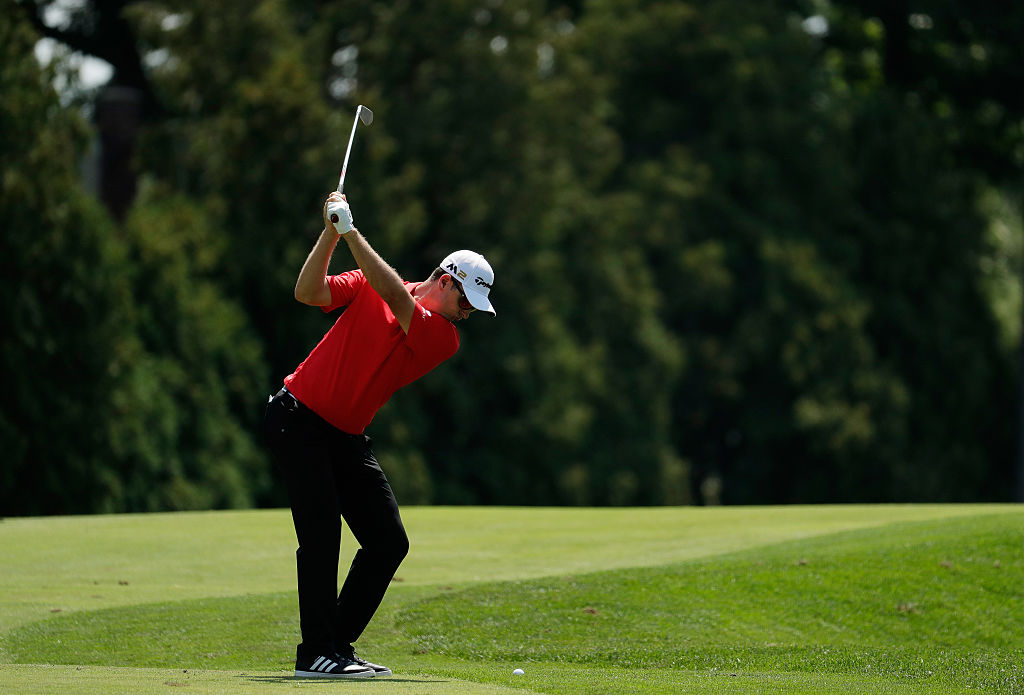
Who better to talk to you about ball position than Olympic champion Justin Rose, who addressed the issue when we spoke to him recently.
"The higher you need to hit it, the further forward it needs to be in your stance – and that works from driver to wedge," Rose told us.
WATCH: BETTER BALL STRIKING DRILL
"Generally I don’t think amateurs have the ball for their long irons, forward enough in their stance.
"They have it towards the middle and then hit behind it or thin it. The ball should be two or three inches behind your left heel. You need to imagine you are sweeping it so that at impact the full loft of the club is presented to the ball."
"If the ball is too far back there’s not enough loft or you’ll try and help it up in the air."
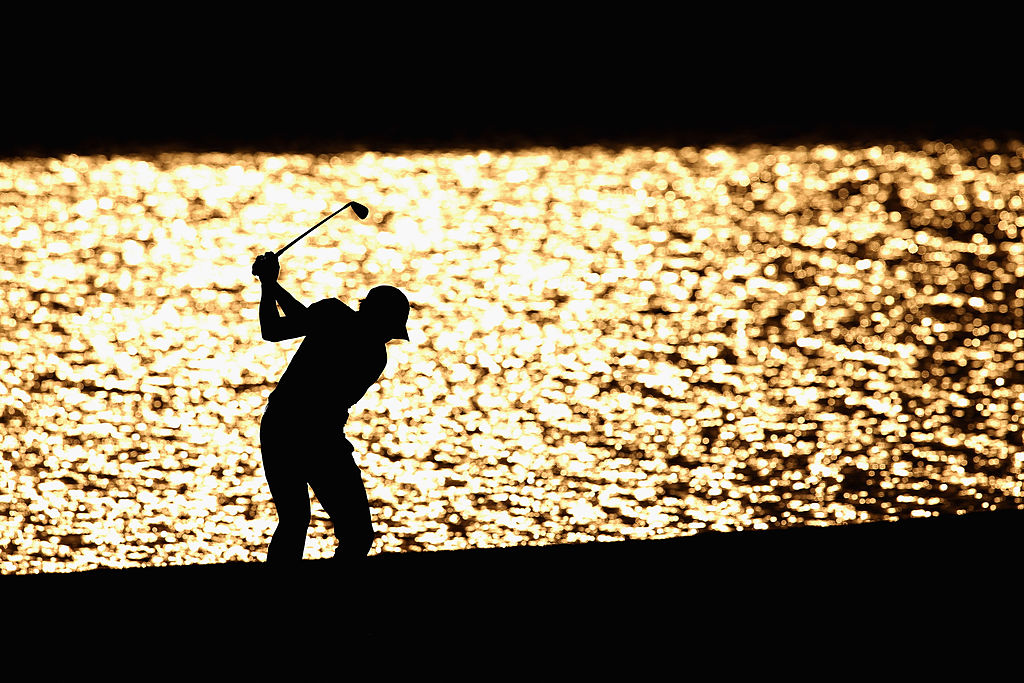
A common fault with handicap golfers is to chase into their long iron shots using their knees for extra leverage.
The key for better ball striking is to keep the legs quiet through impact. This will help maintain your height through the ball and encourage a sweeping action.
Too much leg movement will make it hard to make good contact with the ball and can cause you to catch it fat or thin.
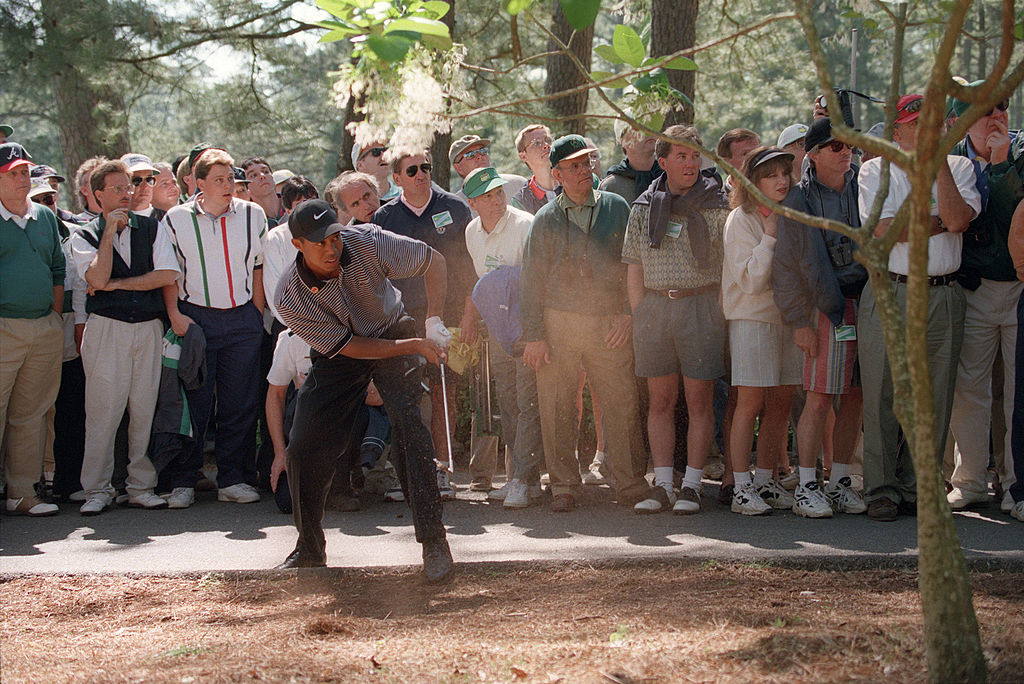
If you find yourself in the left hand semi-rough about 150 yards from the green with an overhanging tree preventing you hitting a high mid-iron to the green, try this low runner.
Grip down on a 4-or 5-iron with feet a little closer together. With shoulders and the line of your feet aimed into the fairway, point the clubface at the target and re-grip.
Keep the legs ‘quiet’, make a hands and arms swing along the line of your feet and watch how the ball flies forward on a gentle right to left arc and rolls towards the green.
WATCH: HOW TO STOP HITTING THE BALL FAT
It’s a useful shot to have in your armoury when a wayward tee shot tends to block out an orthodox approach.
Similarly, sweeping the ball from right to left (draw for a right hander) and cutting it right to left (fade for a right hander) is also extremely important for lower scores, especially if you find yourself offline from the tee.
Check out our articles on how to hit a draw and how to hit a fade with any club in the bag. Being able to work the ball can save ample shots.
WATCH: BERNHARD LANGER'S DRAW & FADE TIPS
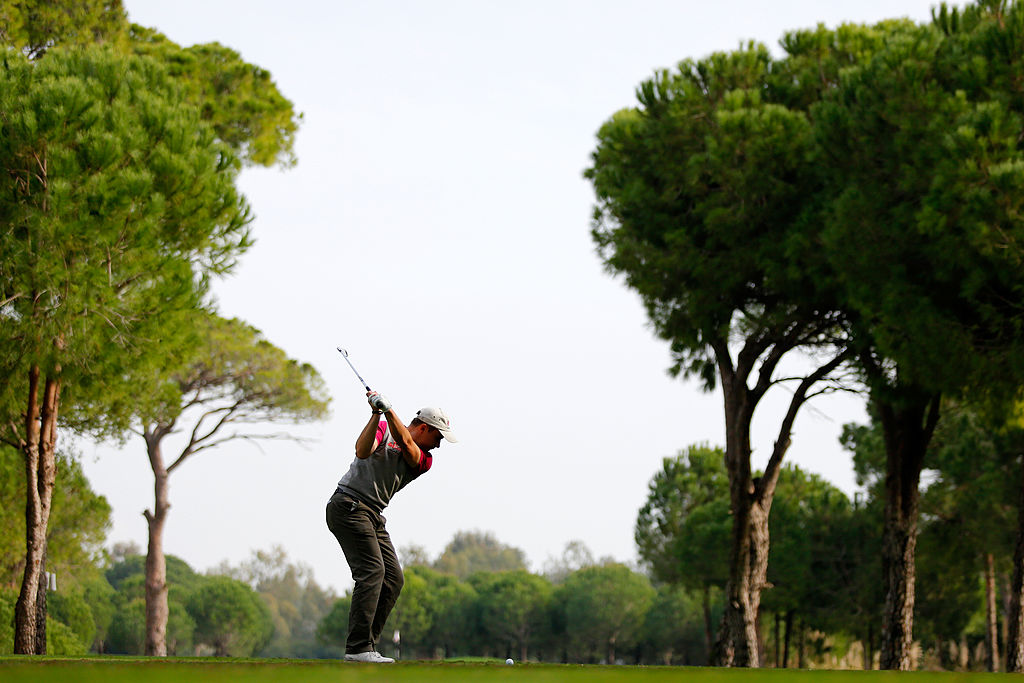
Just because a hole is 300 to 400 yards, don’t automatically reach for your driver or 3-wood for your tee shot.
While a hybrid can also be your friend in this situation, a 2, 3 or 4-iron is just as versatile and can help you plot your way down the fairway into prime position.
Chances are there are bunkers and trees strategically positioned to catch the unsuspectiing mid-handicapper who lets their heart rule their head with the big stick.
While your colleagues have found trouble, there’s no better feeling than clipping a crisp iron onto the green.
Playing from the fairway is more often than not a lot more important than being 30 yards ahead in the rough. You have better control from the short grass.
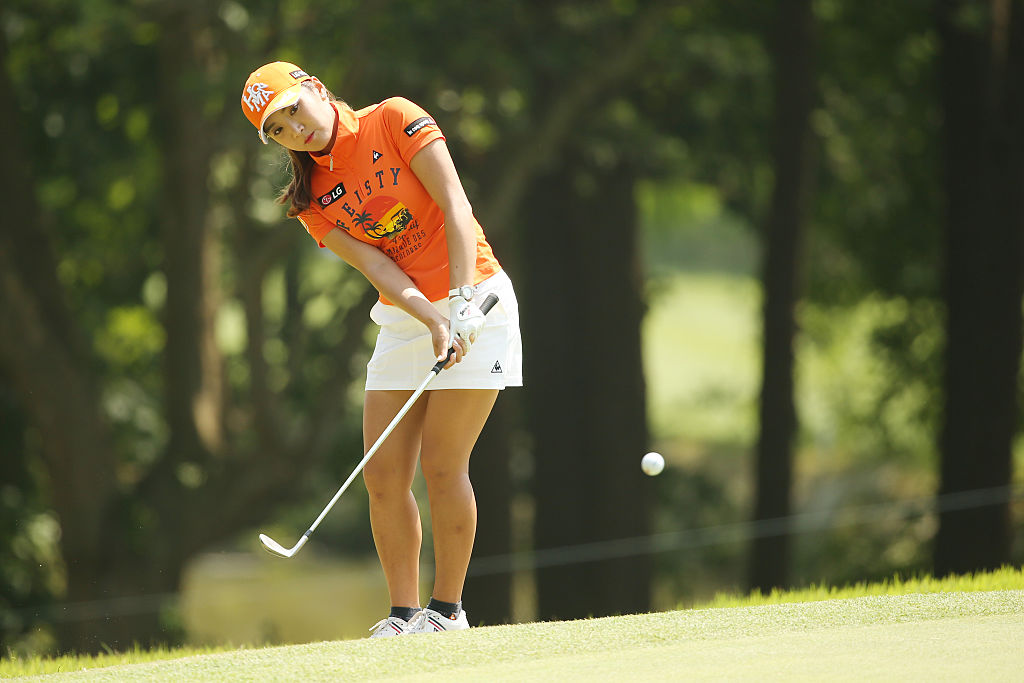
It's a shot that seems to be going out of fashion, and it's almost non-existent on the PGA Tour.
Faced with a 40-yard chip from a well trodden, bare lie in front of the green, the pro will invariably reach for a sharp-edged wedge to get the ball to pitch, spin and check up to the hole.
But they spend hours and hours practising those shots. They ought to be good at them.
WATCH: HOW TO HIT THE 50-YARD PITCH
For the amateur choking down on a long iron can be just as effective, if not as spectacular or even nowadays rescue clubs can be used for chipping just as effectively.
Grip down almost on the metal of the shaft with a putting grip and without breaking the wrists play back and through like a long putt. With a little bit of practice, your pals will watch you get irritatingly close almost every time!
It doesn't work all the time, especially when you have a hazard in the way of you and the pin, but it's a great alternative to a 56-degree wedge when there is a clear path ahead.
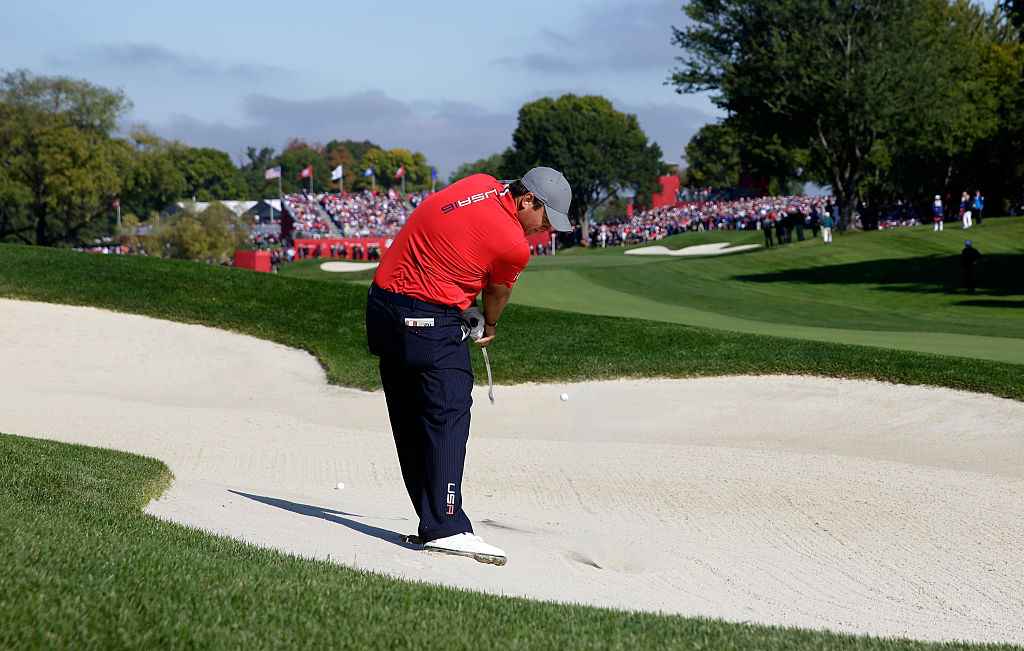
One shot that gives as much pleasure as any is the long iron nipped from the surface of a fairway bunker.
The pros rarely make a hash of these because they never try to hit them too hard, and well, they are classy ball strikers no matter the lie!
Given a reasonable lie and no sharp lip less than five or six yards in front of you, you too can play a classy shot that will bite and spin just like the pros.
Settle your feet well into the sand to give a firm anchor and grip down a little on the shaft. Concentrate on the front of the ball – eyes on the back of it tends to encourage a steep attack – and keep your height through the shot.
Keep those legs passive, make an easy swing - don't scoop - and finish high.
Make no mistake about it, a fairway bunker shot is a tough shot, and one often fraught with danger, especially if it's around the 50 to 70-yard mark. But with a bit of practice, you will be executing it with ease. 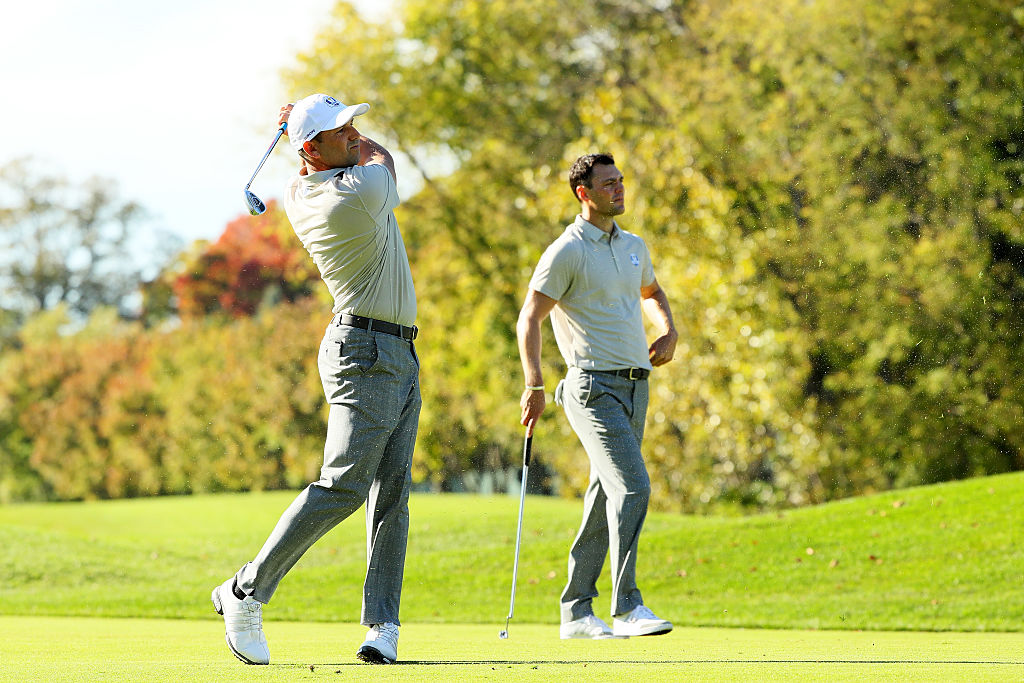
The secret to consistent long iron success is to reproduce short iron rhythm.
Take out your 4-iron and grip it slightly down the shaft, imagining you are playing a simple chip with a wedge.
Grip a little higher, as if with a 5-iron and swing it with that smooth action you usually adopt with the scoring mid-irons.
Finally grip the handle at the top and try to retain the same rhythm.
You should eventually find the long irons far less of a problem than you would expect.
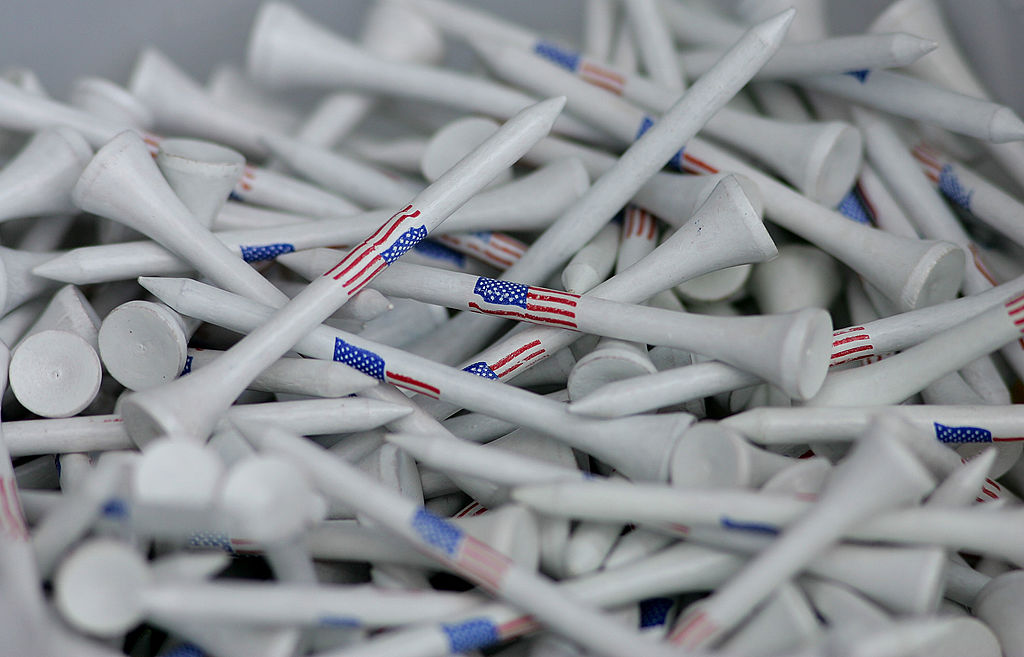
Always use a tee peg when the opportunity presents itself for a par-3 tee shot with a long iron.
It’s tough enough from a tight lie so don’t try to be cute to get more left to right spin.
Especially into wind you will have a good chance of striking a solid shot with more penetration if you tee the ball up a little.
INSTRUCTION: 3 MISTAKES MOST GOLFERS MAKE ON THE TEE

The secret of consistent iron play is to swing within yourself.
By that we mean don't get tense; don't rush it.
Stand tall, complete your backswing and stay balanced through the shot and watch it fizz off in a straight penetrating flight.
There are few better feelings in golf!
WATCH: BEST GAME IMPROVEMENT IRONS TEST 2016
WATCH: BEST PLAYER IRONS TEST 2016
